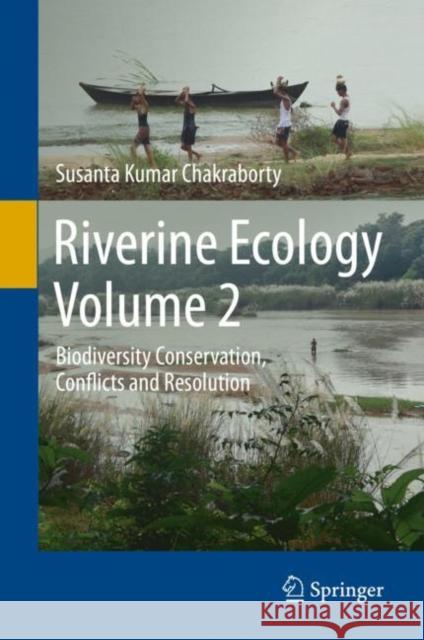Riverine Ecology Volume 2: Biodiversity Conservation, Conflicts and Resolution » książka
topmenu
Riverine Ecology Volume 2: Biodiversity Conservation, Conflicts and Resolution
ISBN-13: 9783030539405 / Angielski / Twarda / 2021 / 917 str.
Riverine Ecology Volume 2: Biodiversity Conservation, Conflicts and Resolution
ISBN-13: 9783030539405 / Angielski / Twarda / 2021 / 917 str.
cena 603,81
(netto: 575,06 VAT: 5%)
Najniższa cena z 30 dni: 578,30
(netto: 575,06 VAT: 5%)
Najniższa cena z 30 dni: 578,30
Termin realizacji zamówienia:
ok. 22 dni roboczych.
ok. 22 dni roboczych.
Darmowa dostawa!
Kategorie:
Kategorie BISAC:
Wydawca:
Springer
Język:
Angielski
ISBN-13:
9783030539405
Rok wydania:
2021
Wydanie:
2021
Ilość stron:
917
Waga:
1.75 kg
Wymiary:
23.88 x 19.56 x 4.83
Oprawa:
Twarda
Wolumenów:
01











